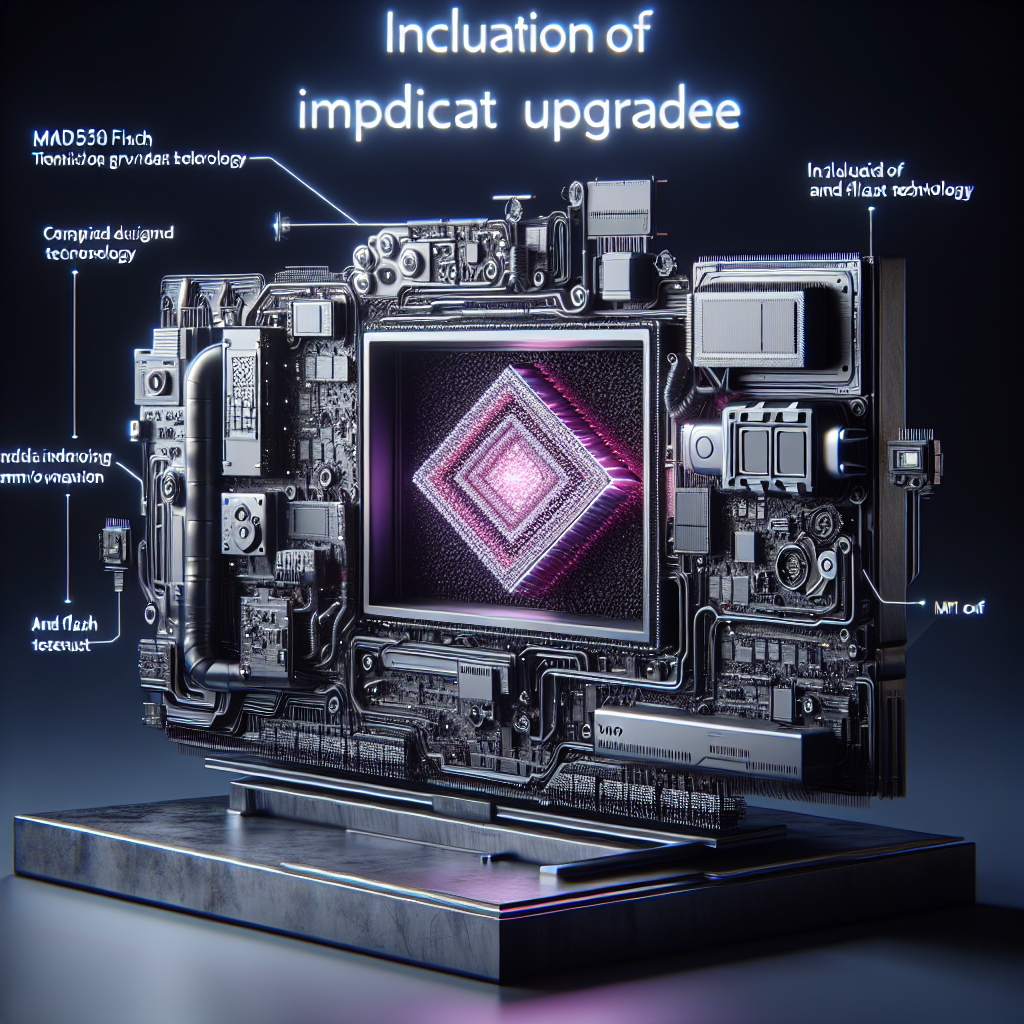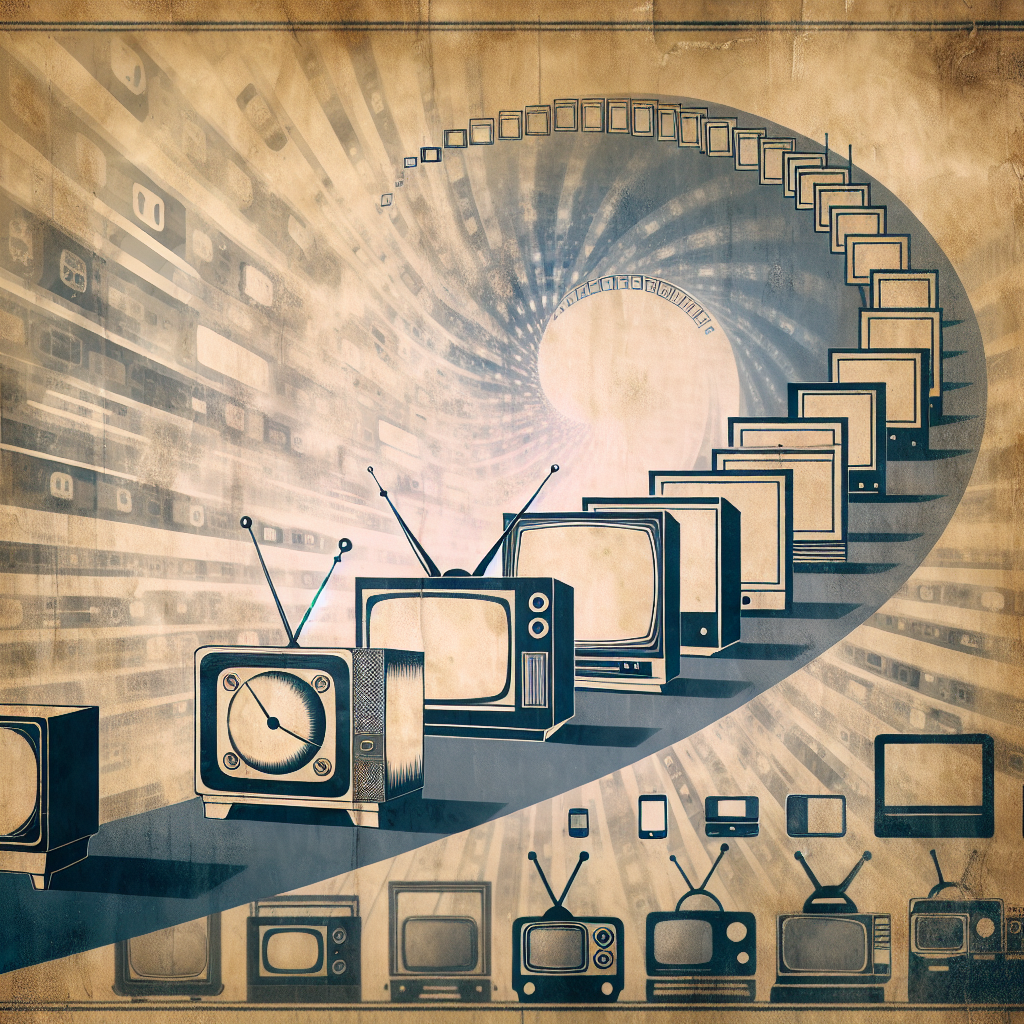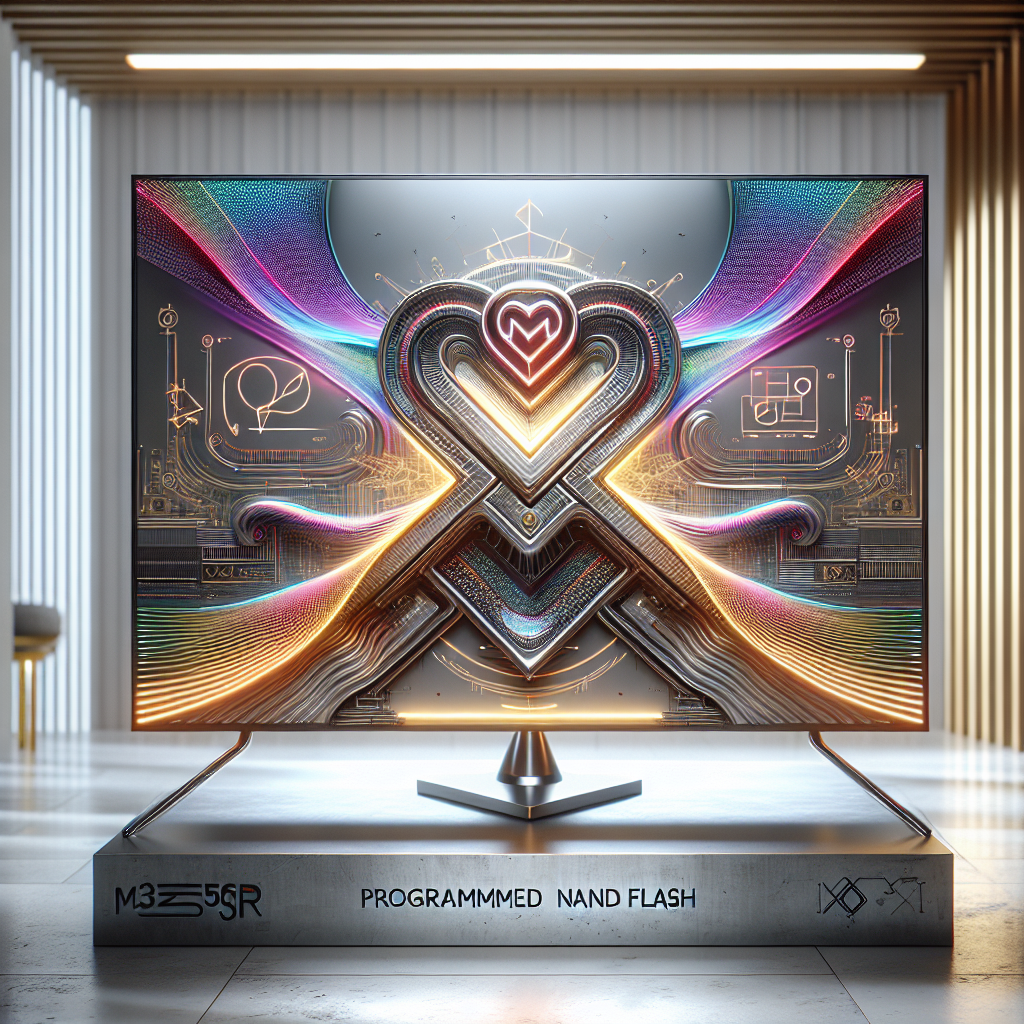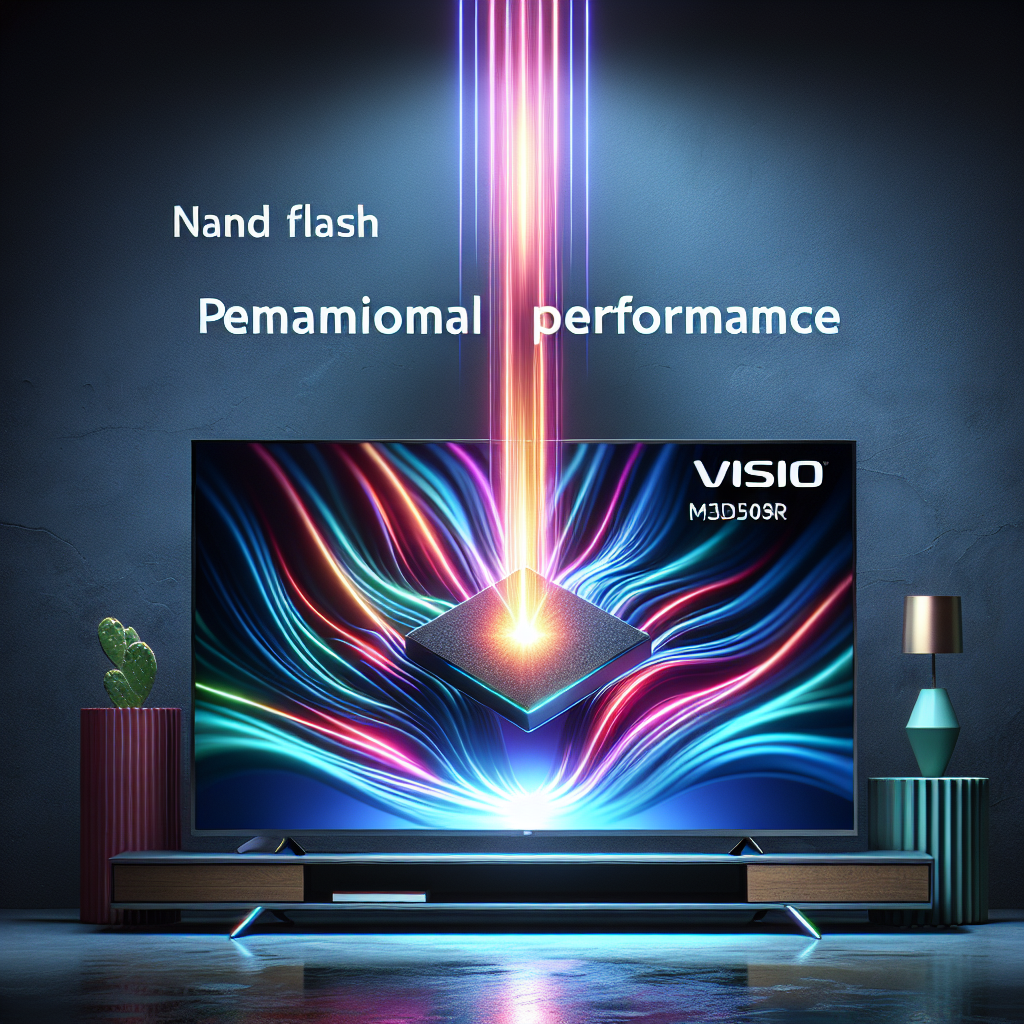With the rise of the internet, traditional television is quickly becoming a thing of the past. Thanks to the emergence of IPTV, or Internet Protocol Television, viewers now have access to a wide range of entertainment options that were previously unimaginable.
IPTV allows users to stream television content over the internet, bypassing the need for traditional cable or satellite services. This has led to a revolution in the way we consume entertainment, with more and more people cutting the cord and opting for IPTV services instead.
One of the key advantages of IPTV is its flexibility. Users can access their favorite shows and movies on any device with an internet connection, whether it be a smartphone, tablet, smart TV, or computer. This means that viewers are no longer tied to their living room television set and can watch their favorite content on the go.
Additionally, IPTV offers a wide range of programming options, with many services offering customizable channel packages to suit individual preferences. This allows users to tailor their viewing experience to their specific interests, rather than being forced to pay for channels they never watch.
IPTV also allows for a more interactive viewing experience, with features such as video on demand, catch-up TV, and live streaming becoming increasingly popular. This means that viewers can watch their favorite shows at their convenience, rather than being tied to a set schedule.
Furthermore, IPTV is often more affordable than traditional cable or satellite services, making it an attractive option for cost-conscious consumers. With a growing number of IPTV providers entering the market, competition is driving prices down and pushing the industry to innovate and improve.
Overall, the rise of IPTV is revolutionizing the entertainment industry, offering viewers more choice, flexibility, and affordability than ever before. As technology continues to evolve, it is likely that IPTV will only become more popular in the years to come, cementing its place as the future of television.











